As the automotive industry enters 2025, three primary trends are reshaping the landscape for logistics providers. These trends highlight the challenges and opportunities resulting from industry restructuring, cost pressures, and evolving trade dynamics. Before we dive into each, here’s an executive summary.
The automotive supply chain is facing significant threats this year, from global elections that could impact the industry, including in the US, geopolitical turmoil, cyberattacks, climate change and more. But three primary trends are reshaping the landscape, and in this series, Automotive Logistics will delve into each of them to explore what they mean, and how the automotive industry can prepare.

Impact of automotive industry turmoil on logistics providers in 2025
The automotive sector is facing substantial disruptions, with modest global sales growth masking deeper structural shifts. In 2024, light vehicle sales showed only slight increases, with notable regional variations. The US and China posted small gains, while European sales remained flat, contributing to a stagnating market. Overcapacity in European production and a slowdown in global growth are driving OEMs to cut jobs and close plants. High costs, such as unionised labour and energy, are further exacerbating the situation, particularly in Europe.
For logistics providers, these structural changes mean smaller supply chains and the loss of market share to new competitors, particularly in China. Europe, traditionally an automotive export hub, is now a net importer of vehicles, and OEMs like BYD are increasingly bypassing traditional logistics channels. In China, the country’s rise as the world’s largest vehicle exporter is reshaping global trade routes, with China capitalising on gaps left by Western companies, especially in Russia.
This restructuring signals major shifts in the demand for logistics services, requiring providers to adapt to new flows, routes, and sourcing locations. As OEMs respond to changing market conditions, the need for flexible and cost-effective logistics solutions is more critical than ever.
Cost pressures and margin compression affecting automotive logistics in 2025
Automotive OEMs are under increasing financial strain, driven by inefficiencies in production, heightened competition, and the need to transition to electric vehicles (EVs). With demand not recovering to pre-COVID levels, OEMs are facing a price war, particularly against cheaper Chinese imports. This has resulted in margin compression, prompting OEMs to aggressively cut costs, including through plant closures and job cuts.
For logistics providers, these cost pressures manifest in increased scrutiny of both inbound logistics and finished vehicle logistics (FVL). While cost reduction is a primary focus, it will require more than just rate cuts. Logistics providers must innovate through process optimisation, technology upgrades, and improved network design. As inventory levels rise, particularly in Europe and North America, maintaining low vehicle inventory to reduce working capital is a top priority for OEMs, presenting new challenges for logistics providers.
Moreover, digitalisation, AI, and automation are emerging as key tools for improving efficiency and reducing costs in the logistics sector. However, the return on investment for these technologies remains a challenge, and logistics providers must balance cost reduction with strategic investments to remain competitive.
Nearshoring and trade disputes driving change in automotive logistics
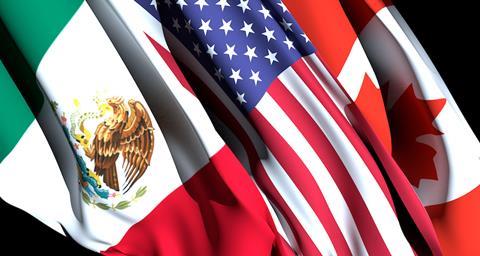
Trade tensions, particularly between the US, Europe, and China, are driving a shift towards nearshoring in the automotive sector. Rising costs in the West, coupled with the threat of Chinese EVs flooding the market, have led to increasing tariffs and stricter regulations on Chinese vehicles. This protectionist trend is accelerating nearshoring, as OEMs seek to reduce production costs and improve supply chain resilience.
Mexico is a focal point in this shift, with nearshoring incentives aimed at reducing reliance on Chinese imports and strengthening ties with North American trade partners. Chinese OEMs are also establishing production plants in Mexico and Europe to circumvent tariffs and secure access to key markets. For logistics providers, these shifts are creating new trade flows and opportunities, particularly in regions where tariffs and regulatory pressures are pushing production closer to end markets.
In addition to geopolitical factors, the drive for battery localisation is reducing logistics costs for EV production. As EV and battery production becomes more automated, the cost differential between high- and low-labor-cost countries diminishes, making nearshoring increasingly viable. This trend is essential for both improving resilience and reducing emissions, aligning with the broader sustainability goals of the industry.
As the automotive industry continues to evolve, logistics providers must navigate these dynamic trends, from industry restructuring and cost-cutting to trade disputes and nearshoring. The key to success will be adapting to shifting supply chains, embracing technological advancements, and staying ahead of regulatory changes. For those who can innovate and respond quickly, the challenges of 2025 will present significant opportunities for growth and transformation in automotive logistics.
Look out for our upcoming full series which will explore each trend in more detail…
We will discuss these trends and more in the upcoming Automotive Logistics’ livestream, ”Leading automotive logistics through 2025: Key turning points and trends”. Join the livestream on 5 February 2025 at 15.00 GMT/10.00 EST hear from industry thought leaders and gain actionable insights on overcoming today’s toughest automotive supply chain challenges.
Discover strategies to stay ahead of disruption and lead the way toward more profitable operations. The livestream will feature expert insights from Gerardo de la Torre Garcia, regional senior director, Supply Chain Management USA & MEX at Nissan Group of North America; Matthias Schmidt, European autos analyst at Schmidt Automotive Research; Daniel Harrison, automotive analyst at Ultima Media and more.
Designed for OEMs and tier-one suppliers, this session will equip you with the tools to proactively shape your supply chain strategies for 2025 and beyond.
Topics
- AI & Predictive Analytics
- Analysis
- Cost & Budget Management
- Data Analysis & Forecasting
- Digitalisation
- Editor's pick
- Electric Vehicles
- Finished Vehicle Logistics
- Flash analysis
- Fleet & Route Optimisation
- Inbound Logistics
- Inventory Control
- Lean Logistics
- Logistics Management
- Nearshoring
- Nearshoring Strategies
- News
- Procurement & Vendor Management
- Regional Distribution Networks
- Risk Management
- Supply Chain Optimisation
- Supply Chain Planning
- Sustainability
- Trade & Customs
Top trends for automotive logistics in 2025
- 1
 Currently reading
Currently readingAutomotive logistics and supply chains in 2025: Challenges, cost pressures & nearshoring
- 2
- 3
- 4
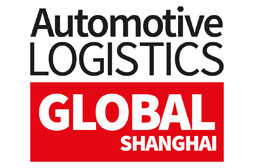
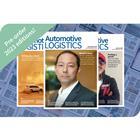


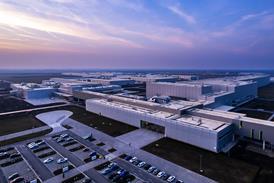
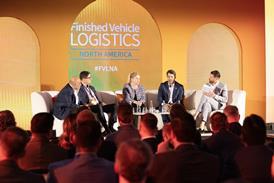
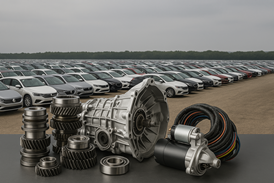







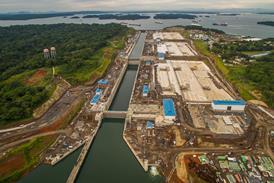









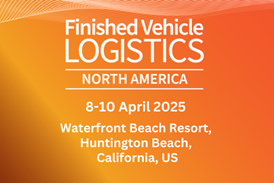
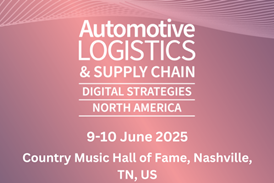
![Global[1]](https://d3n5uof8vony13.cloudfront.net/Pictures/web/a/d/s/global1_726550.svgz)
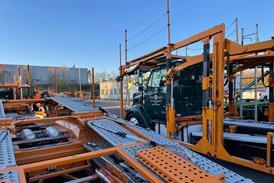
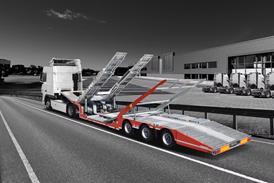
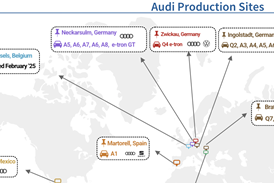




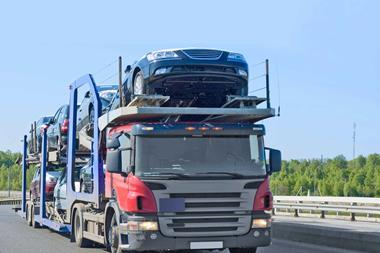



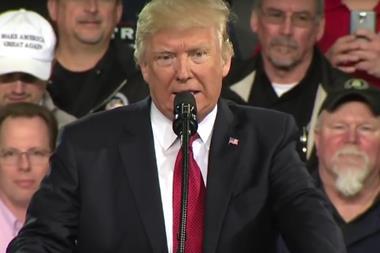




No comments yet